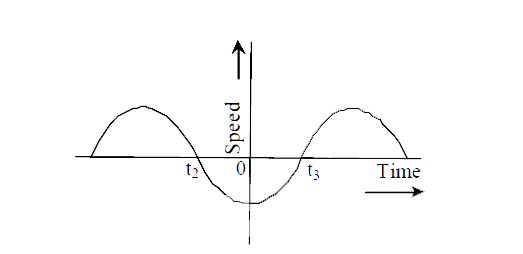In which of the following , replum can be seen ?
Brassica
Pisum
Hibiscus
Dianthus
The correct Answer is:A
To determine in which of the following options replum can be seen, we need to understand what replum is and its association with the morphology of flowering plants, particularly in relation to the gynoecium and placentation.
1. Understanding Replum:
- Replum is a term used in botany that refers to a false septum or wall found in certain types of ovaries of flowering plants. It is primarily associated with the arrangement of ovules within the ovary.
Hint: Replum is a structural feature in the ovary of some flowering plants.
2. Identifying the Gynoecium:
- The gynoecium is the female reproductive part of a flower, consisting of one or more carpels. Each carpel has an ovary, which contains ovules.
Hint: The gynoecium is crucial for understanding where replum is found.
3. Understanding Placenta and Placentation:
- Placentation refers to the arrangement of ovules within the ovary. Different types of placentation exist, such as parietal, axile, free central, and basal.
Hint: Different types of placentation affect how ovules are arranged in the ovary.
4. Parietal Placentation:
- In parietal placentation, ovules are attached to the inner wall of the ovary, and typically, the ovary is unilocular (having one chamber). Due to the presence of a replum, it may appear multilocular.
Hint: Parietal placentation is where you will find replum.
5. Examples of Plants with Replum:
- Common examples of plants that exhibit parietal placentation and thus have replum include mustard (Brassica) and argemone.
Hint: Look for plants known for parietal placentation to find replum.
6. Choosing the Correct Option:
- From the options provided, if mustard (Brassica) is one of the choices, it will be the correct answer since it is known for having replum due to parietal placentation.
Hint: Identify the plant that is known for having replum based on your knowledge of plant morphology.
Conclusion:
The correct answer is mustard (Brassica), as it exhibits parietal placentation, which is associated with the presence of replum.
- Replum is a term used in botany that refers to a false septum or wall found in certain types of ovaries of flowering plants. It is primarily associated with the arrangement of ovules within the ovary.
- The gynoecium is the female reproductive part of a flower, consisting of one or more carpels. Each carpel has an ovary, which contains ovules.
- Placentation refers to the arrangement of ovules within the ovary. Different types of placentation exist, such as parietal, axile, free central, and basal.
- In parietal placentation, ovules are attached to the inner wall of the ovary, and typically, the ovary is unilocular (having one chamber). Due to the presence of a replum, it may appear multilocular.
- Common examples of plants that exhibit parietal placentation and thus have replum include mustard (Brassica) and argemone.
- From the options provided, if mustard (Brassica) is one of the choices, it will be the correct answer since it is known for having replum due to parietal placentation.
The correct answer is mustard (Brassica), as it exhibits parietal placentation, which is associated with the presence of replum.
Topper's Solved these Questions
Similar Questions
Knowledge Check
In which of the following , plasticity can be seen due to the changing environment ?
ACottonBCorianderCButter CupDLarkspurIn which of the following are heterocysts seen ?
ACharaBPolysiphoniaCSpirogyraDNostocIn which of the following, placenta development can not be seen?
AHumanBColumbaCHorseDCattle
State whether the following graph can be seen in nature or not. Explain.

View SolutionWhich among the following can be seen only under elec- tron microscope?
View SolutionWhich among the following can be seen in the ultrastructure of both eukaryotic and prokaryotic cell?
View SolutionWhich of the following inflorescence is seen in sunflower ?
View SolutionWhich of the following mechanism is/are not seen during esterification reaction?
View Solution
